The Lower Mississippi River Water Trail
Services for Lower Mississippi River Paddlers
Vicksburg to St. Francisville:
Fortunately for paddlers on this stretch of river, you have the nearby presence of big river guide Adam Elliott. Adam is based in Natchez at the Quapaw Canoe Company Natchez Outpost, and provides expert services for anyone paddling through this entire region, including guiding and outfitting, meals and shuttle. Call Adam 601-807-5382 or send an email adam.elliott@island63.com, or go to www.island63.com and click on the Natchez section for more info. Adam can meet you just about anywhere in between Vicksburg and Baton Rouge, and answer your questions and provide expert big river guiding (as well as shuttles, or equipment) with a smile and endless stories about the ever fascinating, mysterious big river.
St. Francisville to Baton Rouge:
For shuttles, resupplies, parking your vehicle, and logistics on the Lower Mississippi River, contact Baton Rouge natives Paul or Michael Orr. While doubling as the Riverkeepers for the bottom end of the biggest river in North America, these two good hearted gentlemen have been providing support services for decades on the Lower Mississippi River, and are the experts on the stretch downstream from St. Francisville to the Gulf of Mexico. Contact Paul Orr: paul@lmrk.org (225) 300-3902, Michael Orr michael@leanweb.org (225) 803-2999.
Lower Mississippi and Ohio River Forecast
You can forecast water levels on the Atchafalaya by watching the Mississippi River water levels, which can be seen at: http://www.srh.noaa.gov/lmrfc/?n=lmrfc-mississippiandohioriverforecast.
The Lower Mississippi and Ohio River Forecast is a fascinating document and will reveal many qualities of the river to the careful reader and interpreter of this gauge. You can also jump from this page following its links to many associated NOAA pages full of useful information about the various Lower Mississippi River Gauges, as well as historical records, flood records, low water occurrences, observed precipitation throughout the valley, snowpack, ground saturation, rain forecasts, and other meteorological and hydrologic aspects leading to current river conditions and accurate predictions. You can also follow links to the same for readings and predictions from the Ohio River Valley, the Middle Miss, Upper Miss and Missouri River Valleys, which all of course confluence and combine to form the big waters of the Lower Mississippi River.
Reading Google Maps
You can learn a lot about the Mississippi River using Google satellite maps, bearing in mind certain parameters. Firstly the Google map-images were recorded from space during a season of low water, hence the islands and sandbars are at their largest, and many back channels that are open at higher water levels appear to be closed. Unlike highways which don’t change shape or position with the seasons, the islands of the Mississippi River and their back channels are dramatically affected by water levels. And so the paddler needs to remember that the shapes of low-lying landmarks like the sandbars and wetlands seen on Google Satellite Maps or Google Earth is probably not what they are like on any given day when you are out on the river. Be forewarned not to assume that the perfect-looking sandbar you see on you iPhone will be there!
Secondly, river levels change with the Google Maps zoom. Take Choctaw Island for example. When you go to Satellite view for the Mississippi River near Arkansas City you will see that Google employs various depictions of Choctaw Island. (I have created map at: http://g.co/maps/wmese) Use the zoom tool to change scale. Pay attention to scale icon at bottom left. At zoom 1″ = 1 mile and above you can see the back channel partially open & flowing well. The water level is probably around 3AG. However change the zoom to 2″ = 1mile and lower you will see the back channel almost completely occluded by sandbars. The water level in this depiction is certainly -4AG or lower.
Thirdly, for amorphous locations like river confluences and shifty river islands, what’s seen on Google Terrain may not be what’s seen on Google Satellite. The maps from the mouth of the Arkansas are a good case in point. Click on the map I created for the Mouth of the Arkansas Round Trip http://g.co/maps/syhs8 Look at it in Terrain, and then go to Satellite. You will see that the Arkansas River channel occupies different channels! This is not a mistake on Google’s part. What you see in Terrain is from the 1972 USGS survey. Since then the Arkansas has chosen a new path and carved out a new confluence location two miles from the older one. This is the nature of this ephemeral river-scape. It will be interesting to see how the current Arkansas River channel changes in the upcoming years, and how Google will keep up with it.
Lower Mississippi River Mileage
Mileage indicates miles above the “Head of Passes,” the ground zero of the Mississippi River, the fork in the road 10 miles below Venice and 90 miles below New Orleans where the Mississippi splits into its Delta channels as it pours into the Gulf of Mexico the three primary channel being the Southwest Pass, the South Pass and the Pass L’Outre. All mileage between Cairo and the Caribbean is measured on this scale, starting with th Head of Passes at mile 0, Pilot Town at mile 3, Venice mile 10, New Orleans 95, Baton Rouge 230, St. Francisville 265, Natchez 363, Vicksburg 437, Greenville 537, Helena 663, Memphis 737, Caruthersville 846, New Madrid 889, and Ohio River 954. The mouth of the Ohio River at Cairo Illinois is mile 0 for the Middle Mississippi (180 miles upstream to the Missouri River Confluence) and mile 982 for the Ohio River (up to Pittsburgh).
Rivergator
The title Rivergator is derived from the national best-seller The Navigator first published in 1801 by Zadok Kramer, with 12 subsequent printings. The Navigator described the Mississippi Valley for pioneer settlers streaming out of the Eastern United States in the first great wave of continental migrations that eventually led to the settling of the Wild West. Thomas Jefferson and other leaders were fearful that the French or the English would get there first. With the Lewis & Clark explorations and the introduction of the steamboat to the Mississippi River in 1812, Americans followed the big rivers up and down through the heart of the country, and The Navigator was their guide. In this spirit I have adopted the name Rivergator with the hope that Americans will rediscover their “wilderness within,” the paddler’s paradise created by the Lower Mississippi River. And that the Rivergator will be adopted by successive generations of canoeists and kayakers, and re-written as the river changes. Zadoc Cramer also invented the numbering system for Lower Mississippi River Islands, a system that survive to this day.
Towboat Protocol
Towboats are paddler’s most dangerous hazard. Towboats can’t stop easily, and they often can’t see you. But the good news is they move slow (10-14mph) and their motions are usually predictable. In general upstream towboats seek slow water and downstream seek fast water. The most dangerous place around any tow is in front of the tow. It is usually safe anywhere behind their route of travel. Never try to outrun a tow, and never paddle across their line of travel. Carry VHF marine radio and monitor channel 13 for traffic in the nearby vicinity. For more information, go to: https://www.rivergator.org/paddlers-guide/safety/

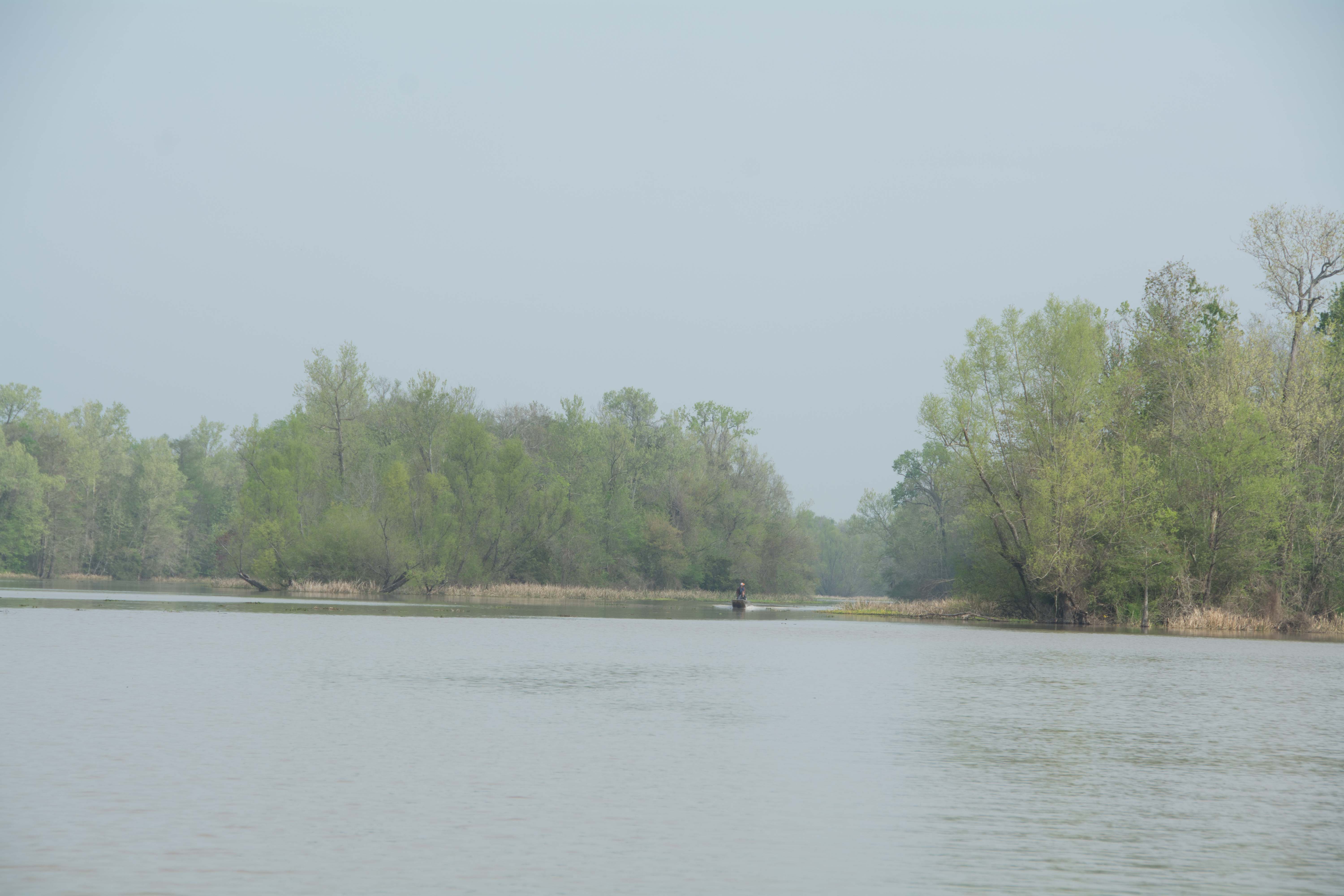
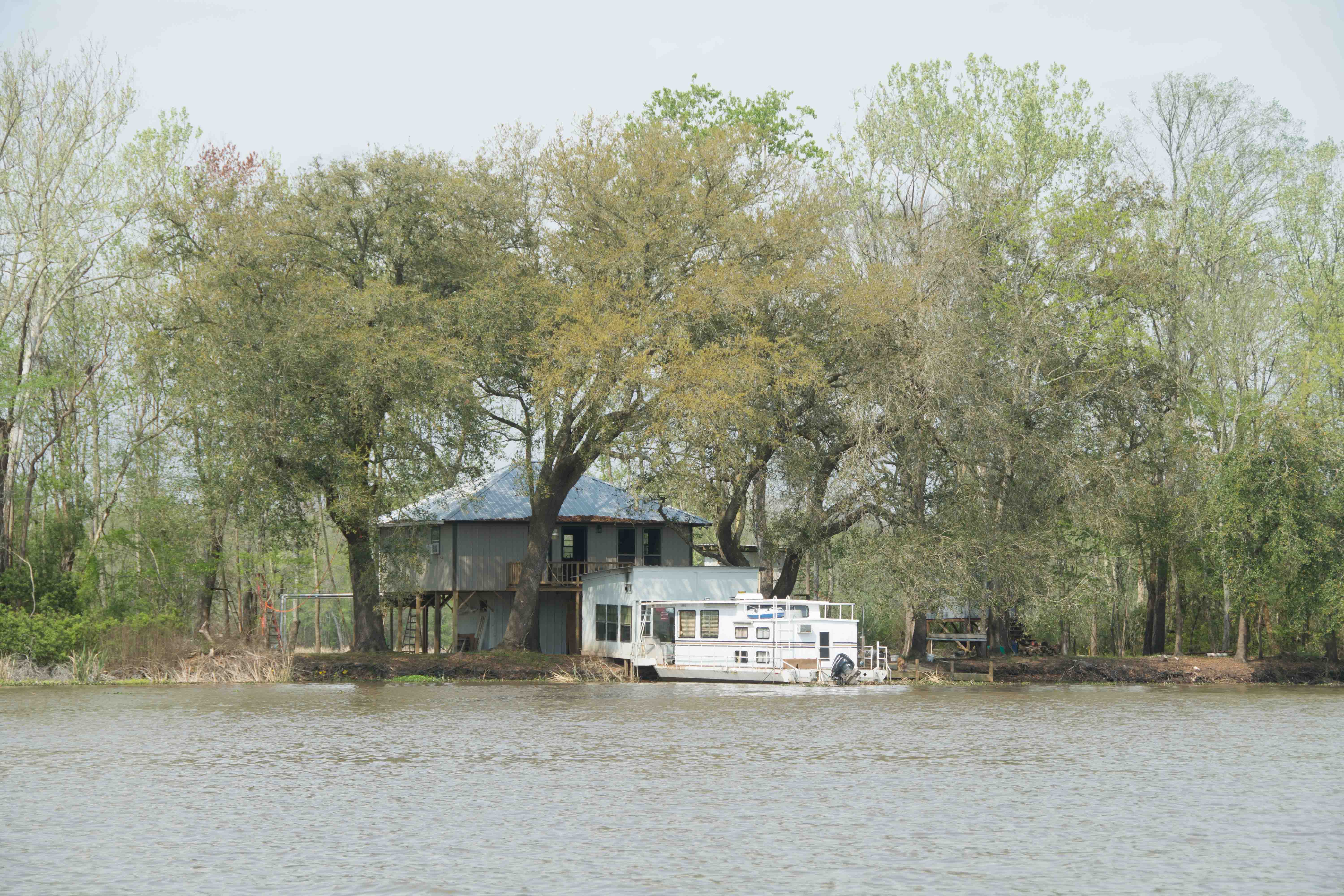
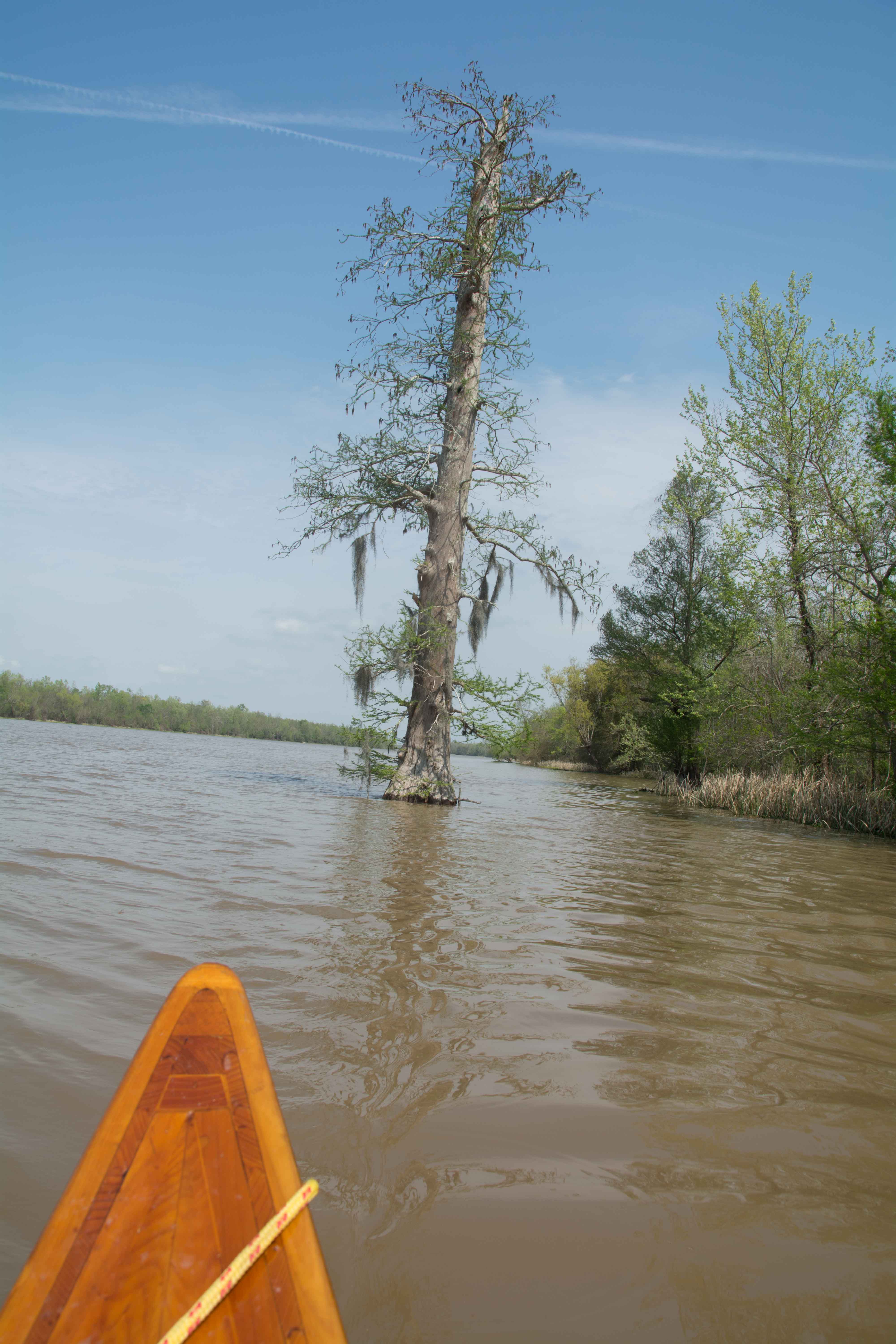
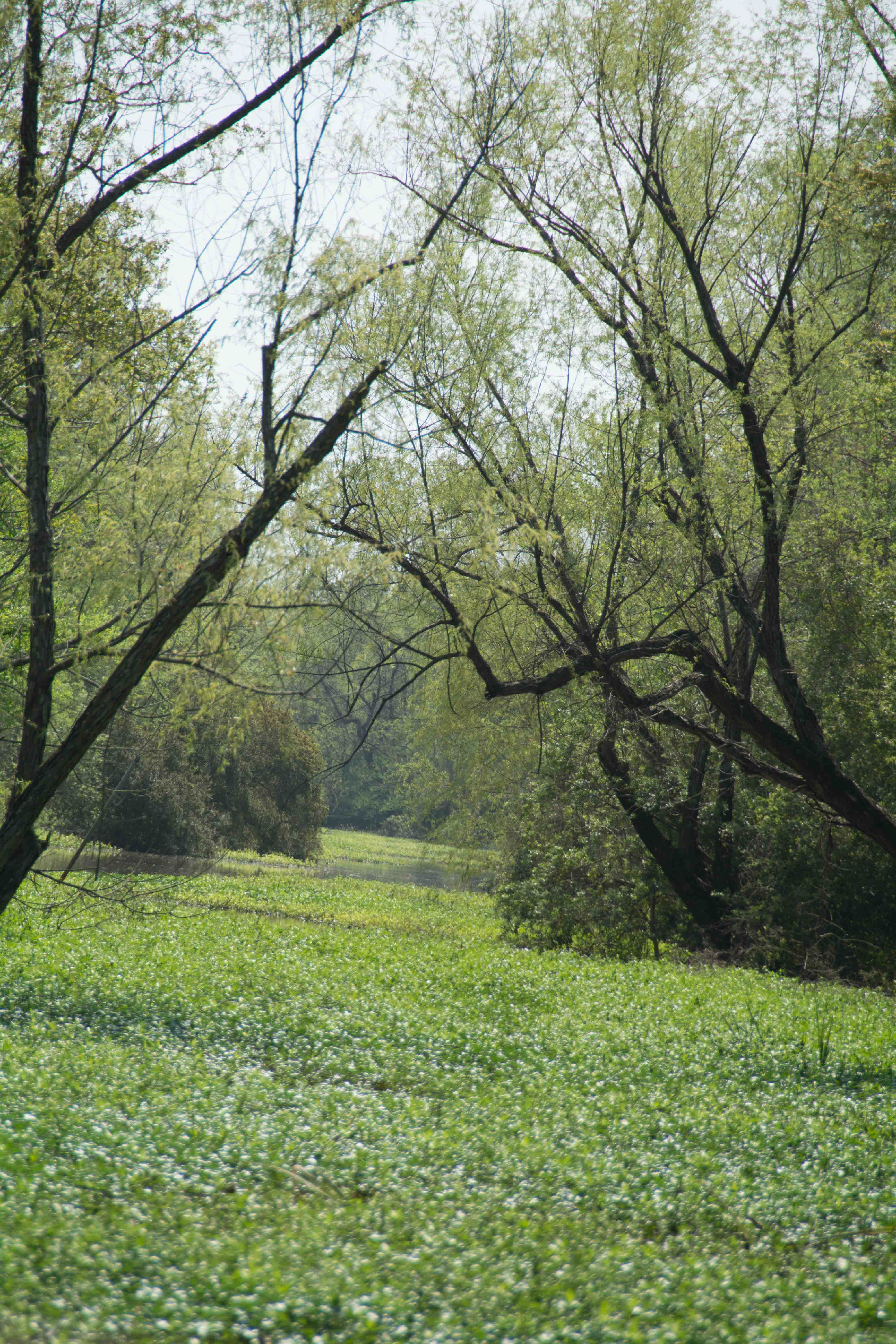
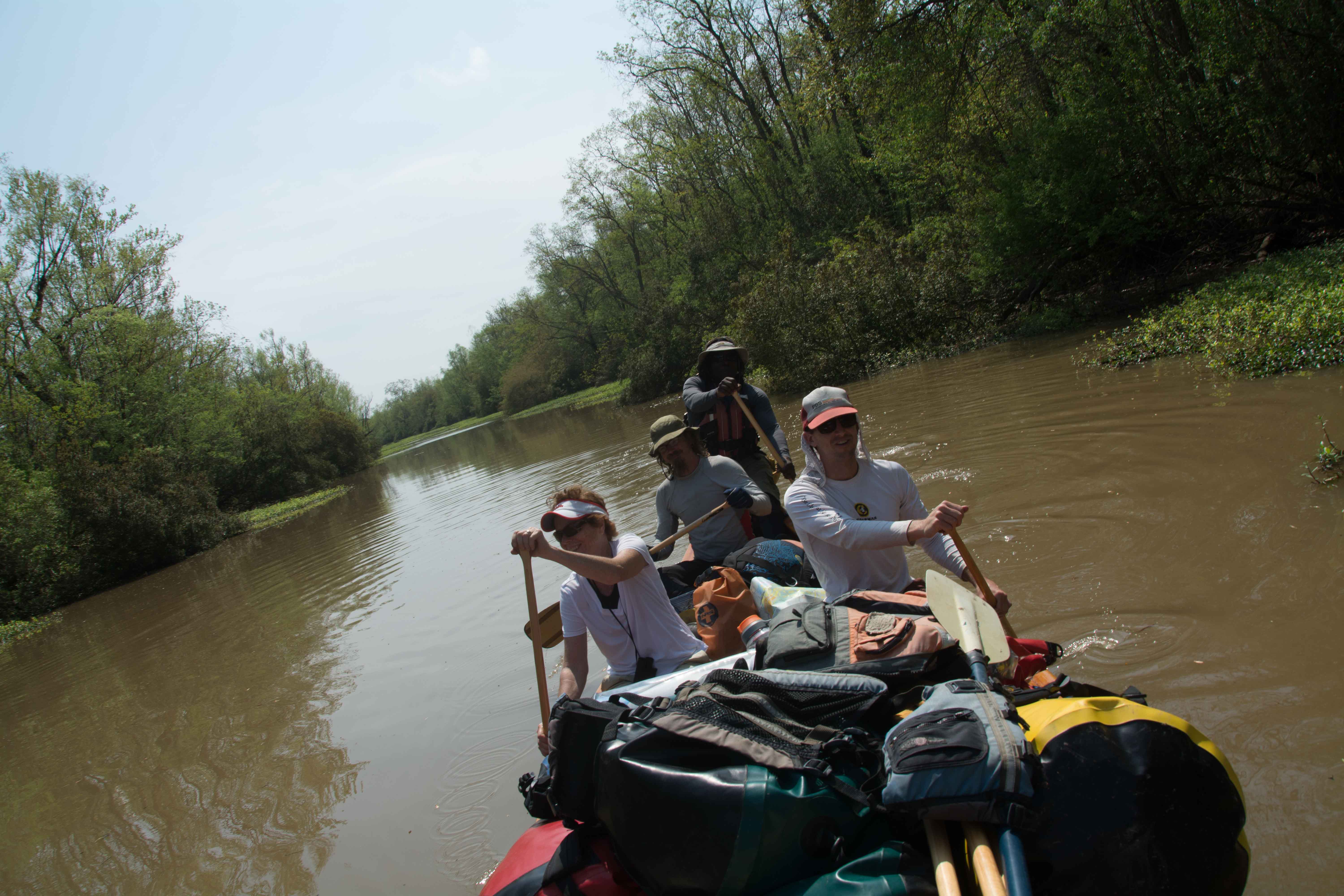
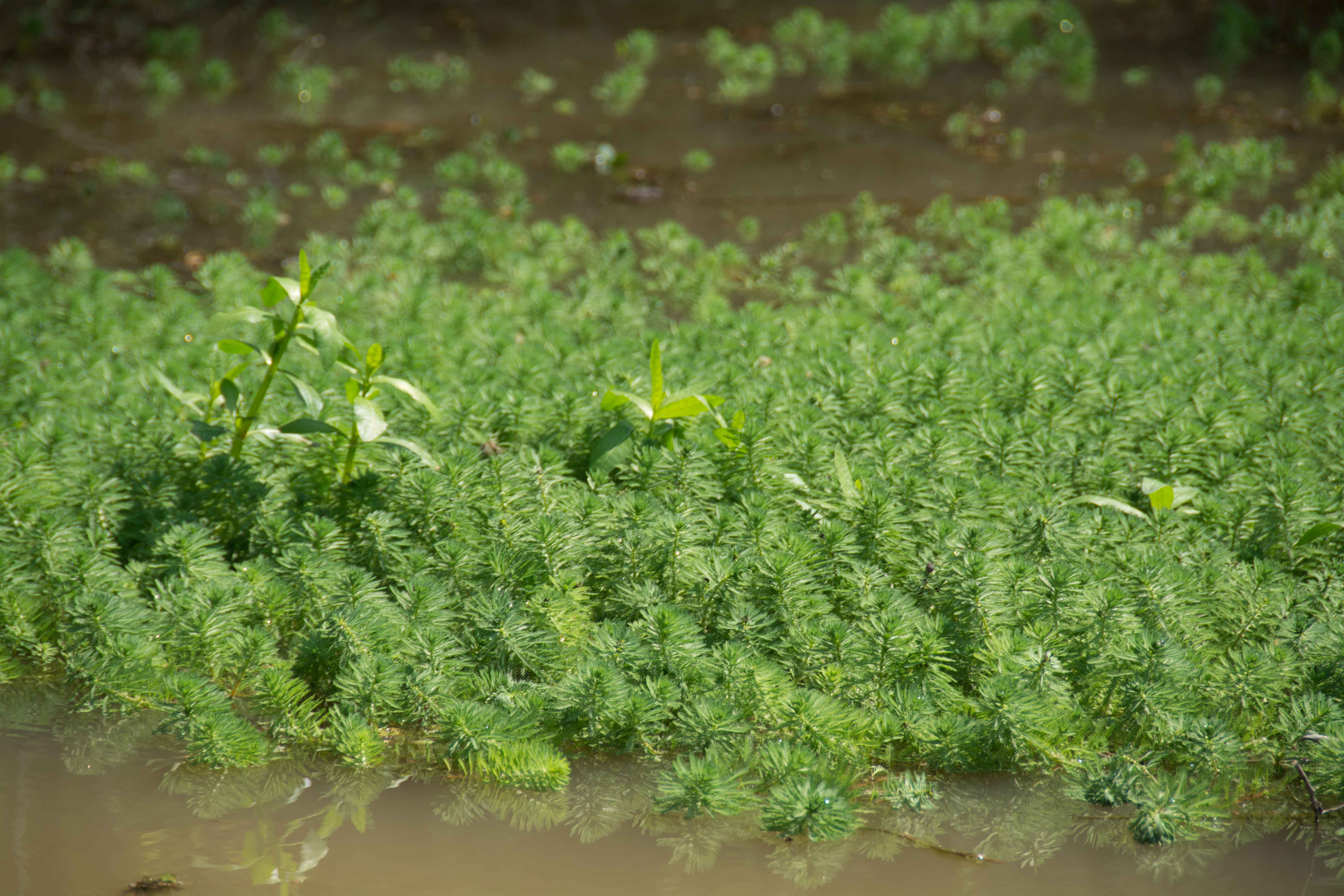
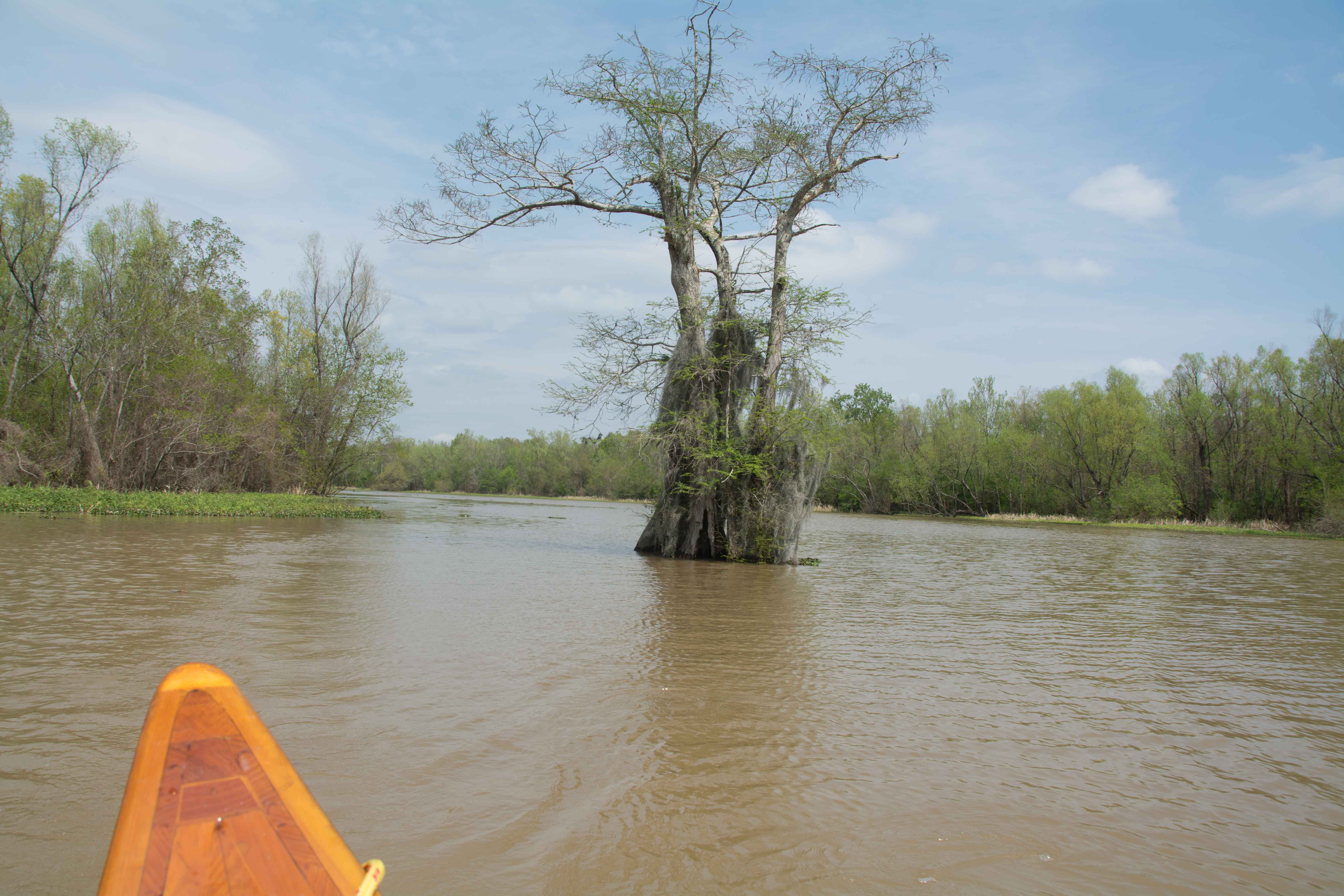
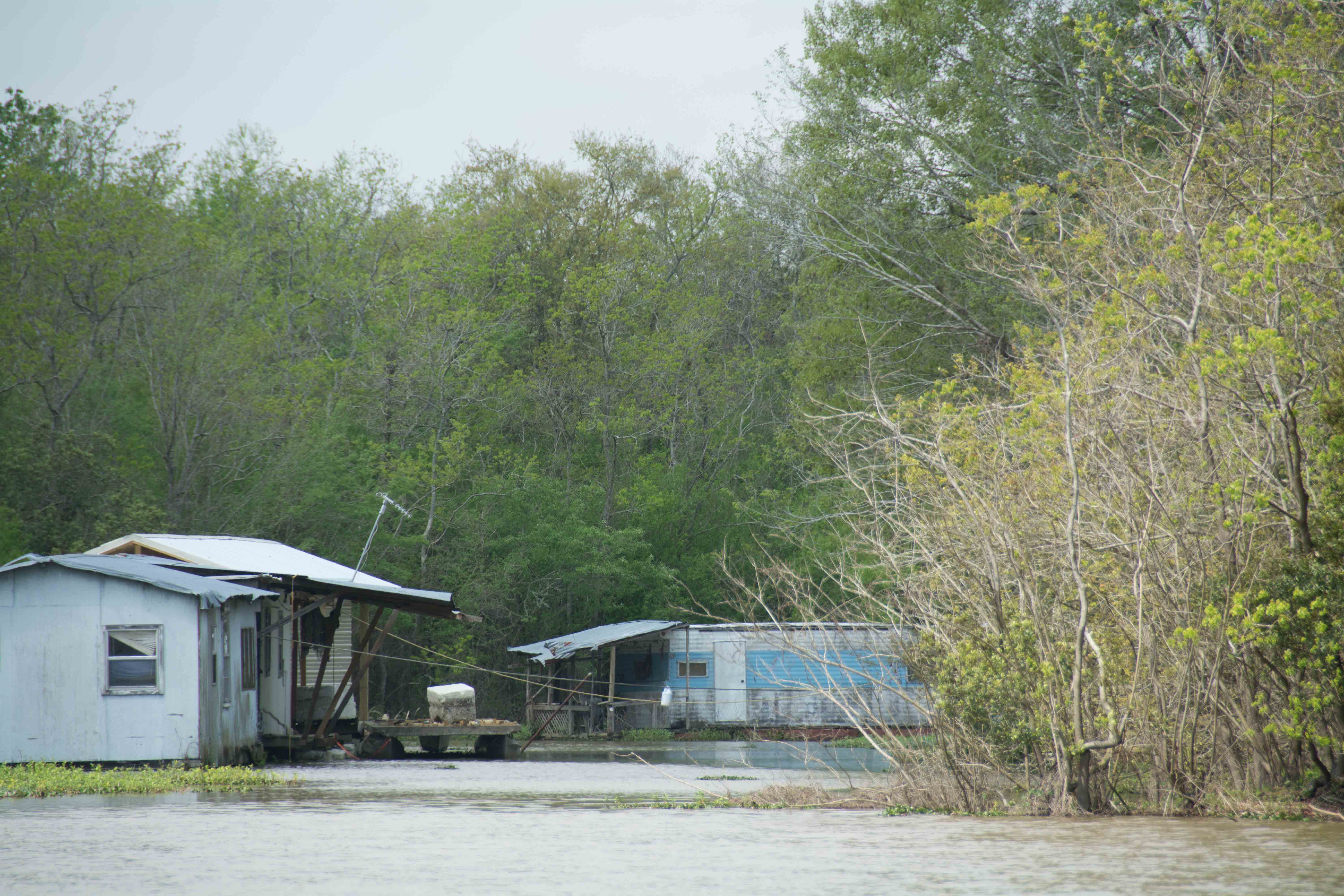
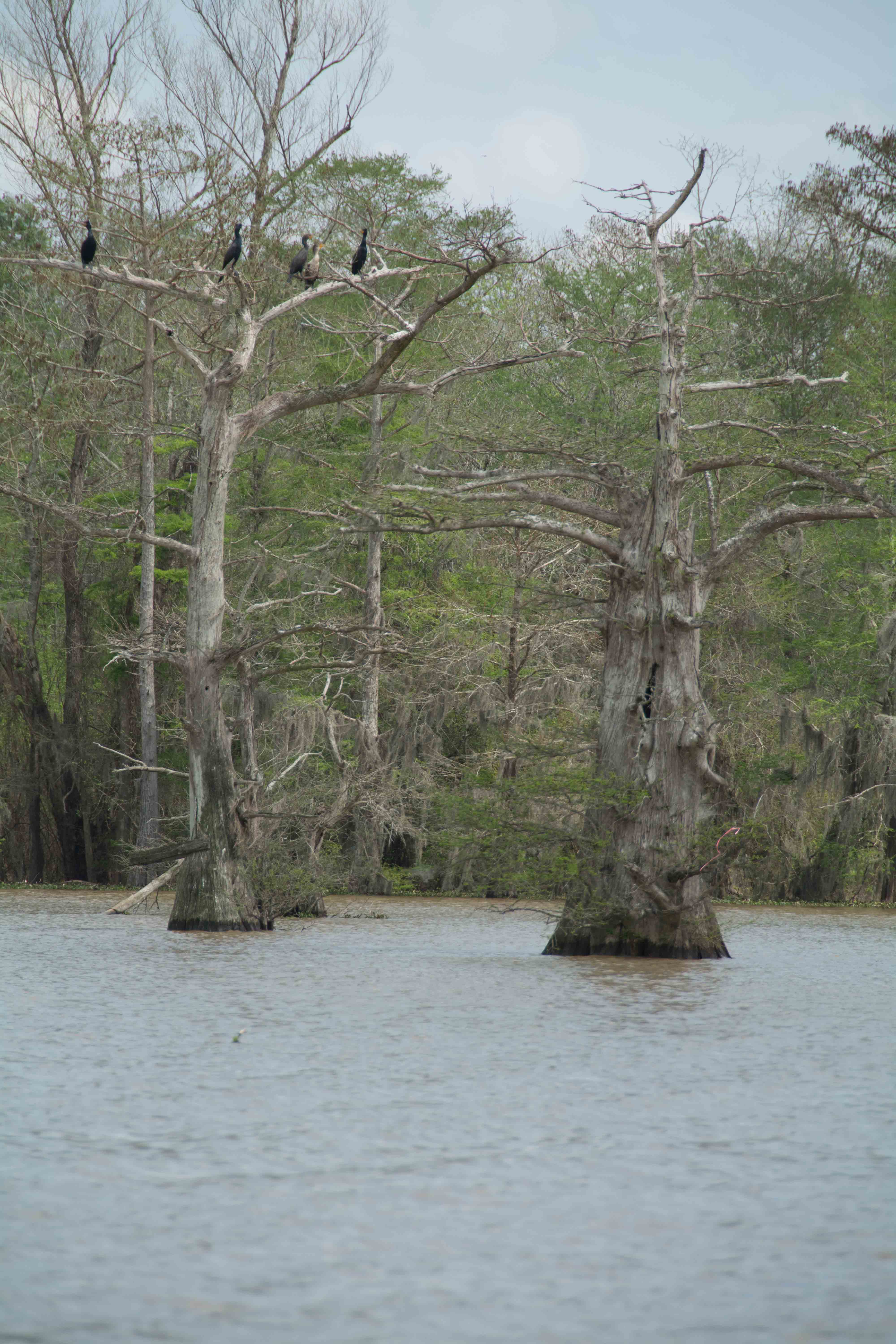
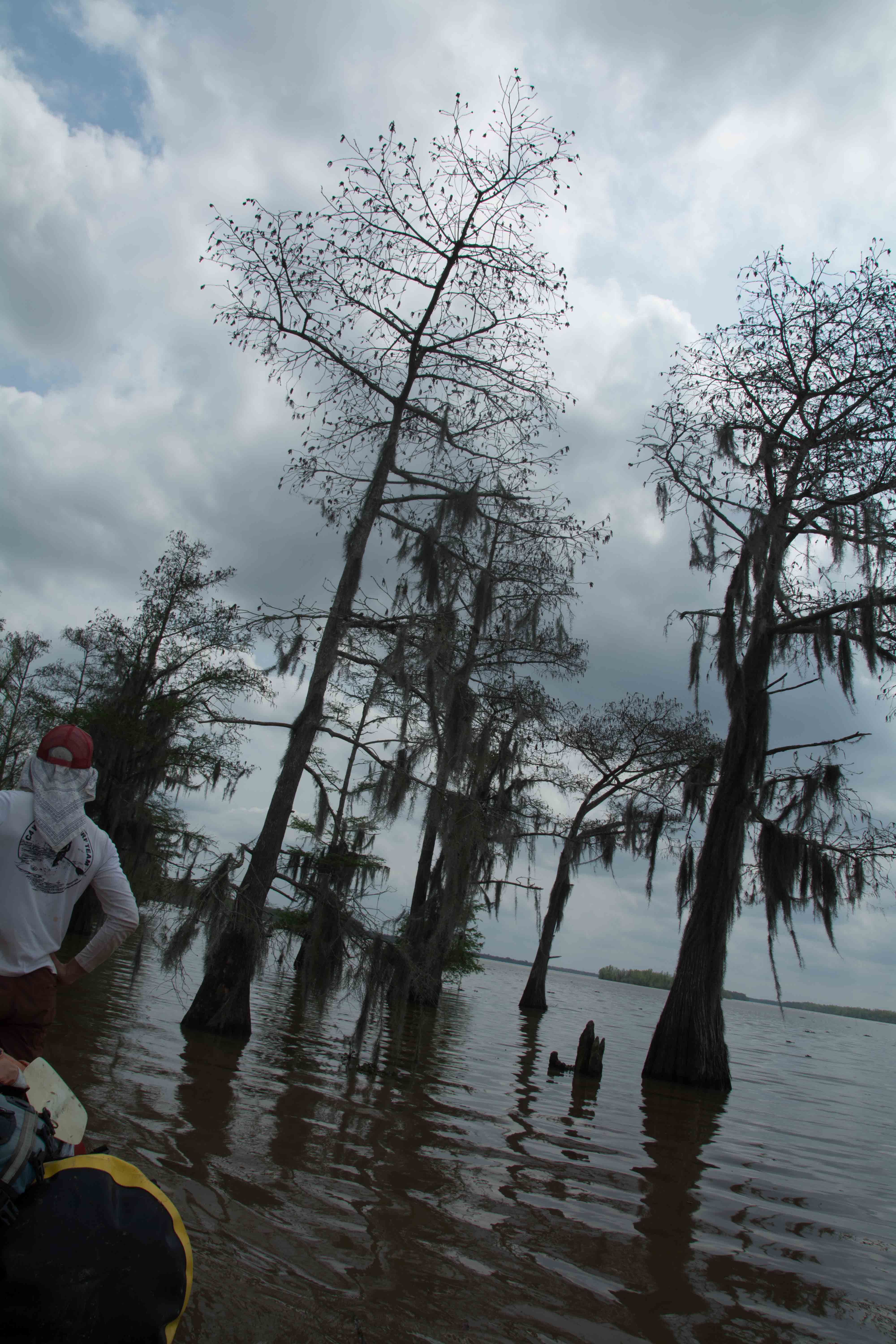
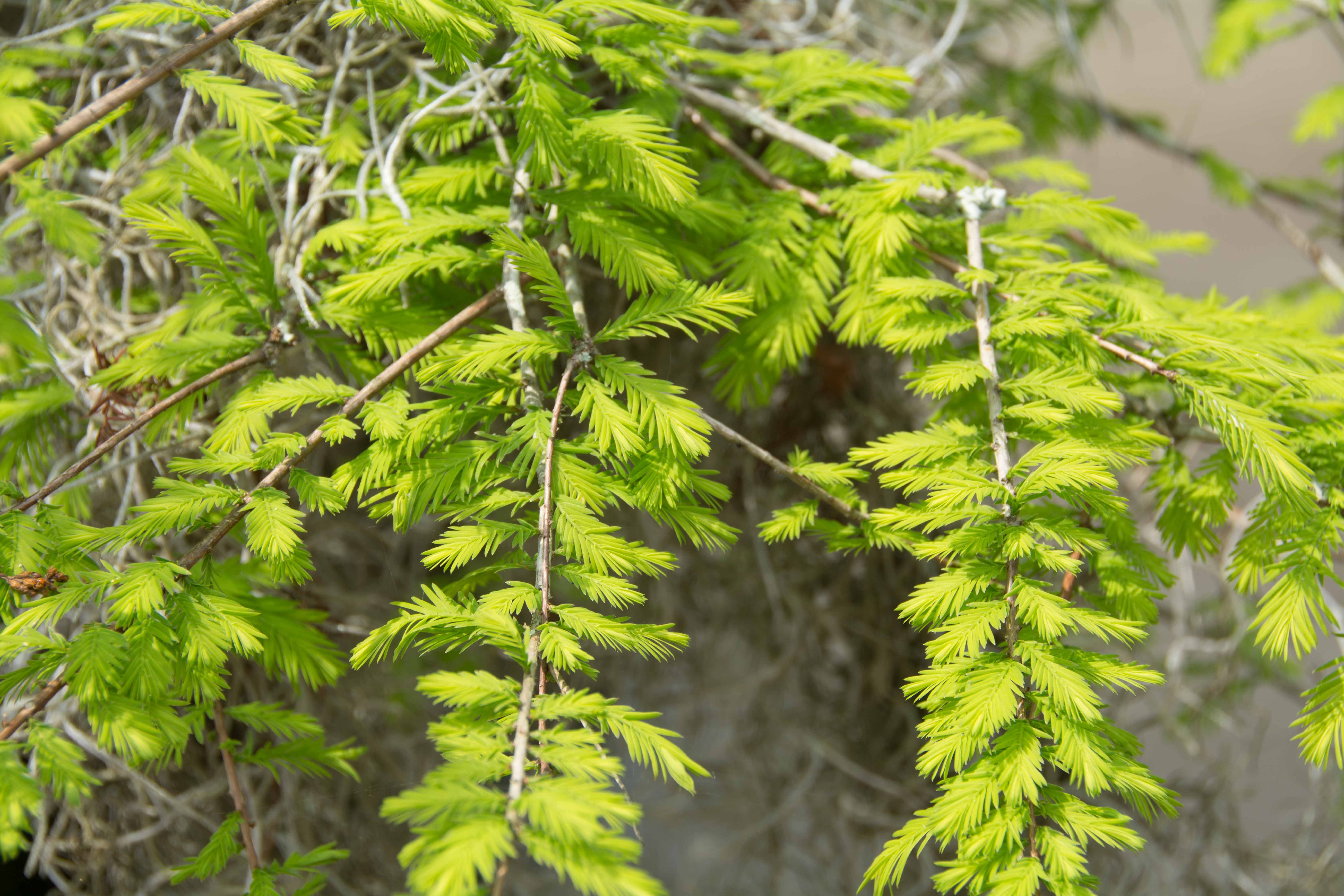
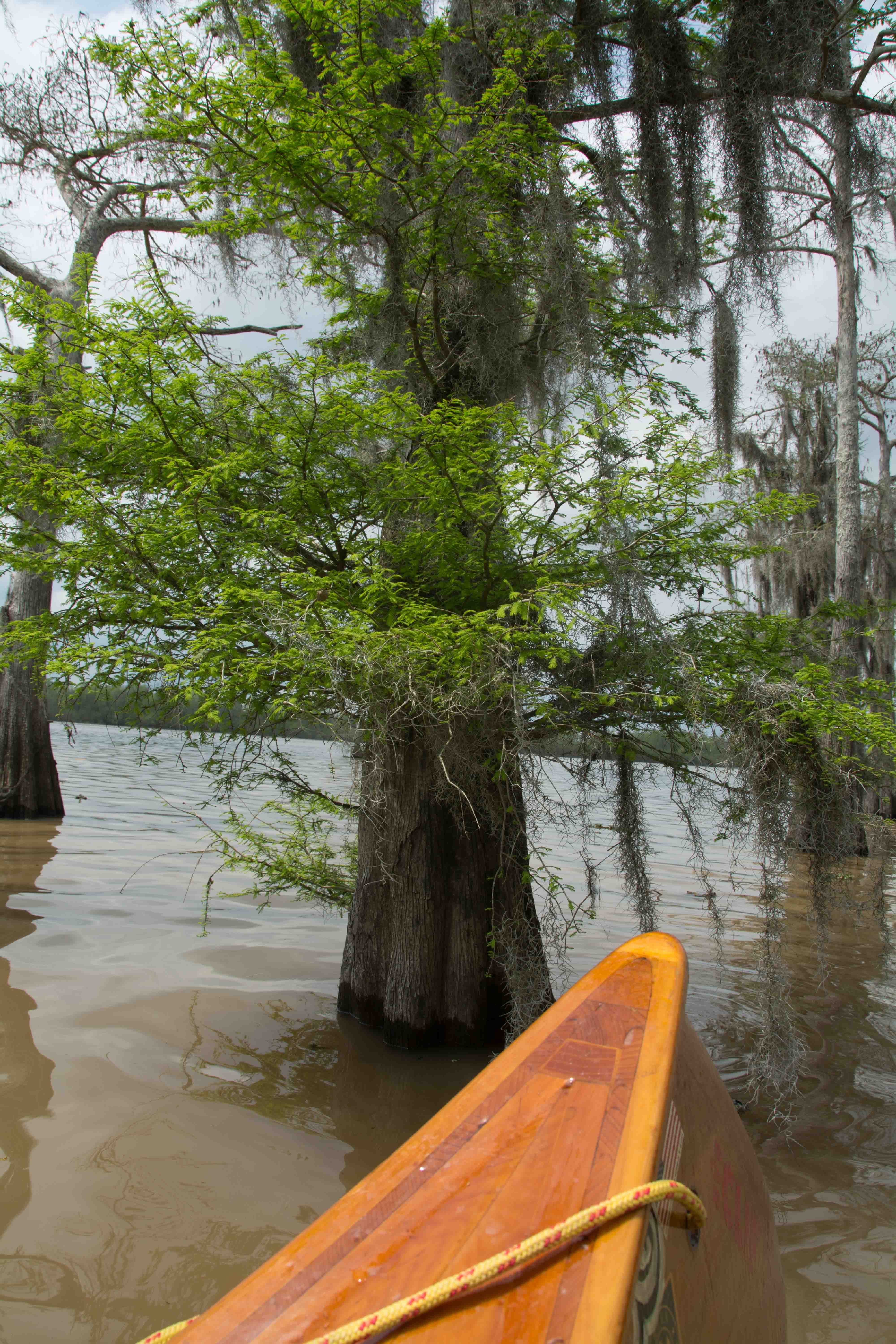
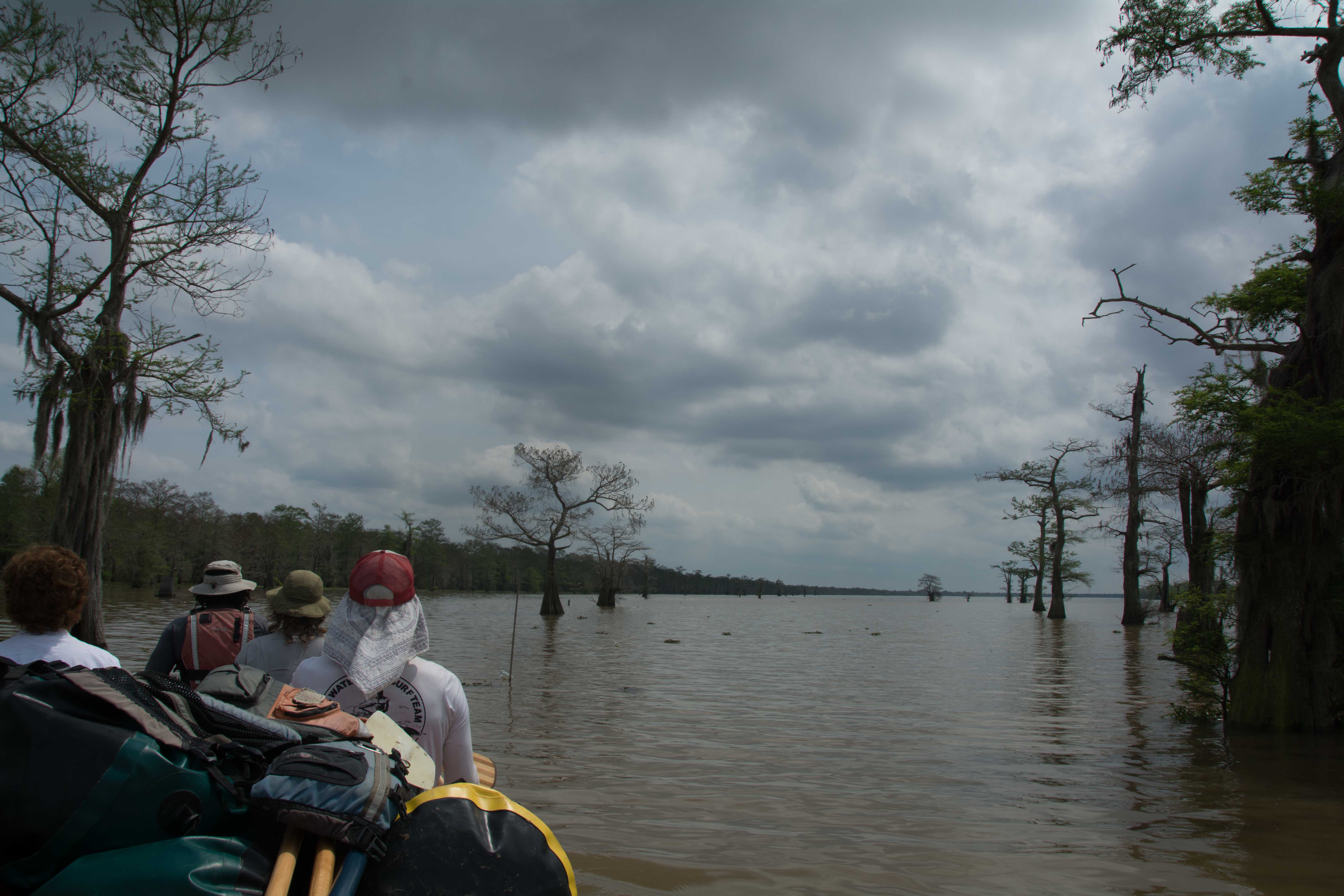
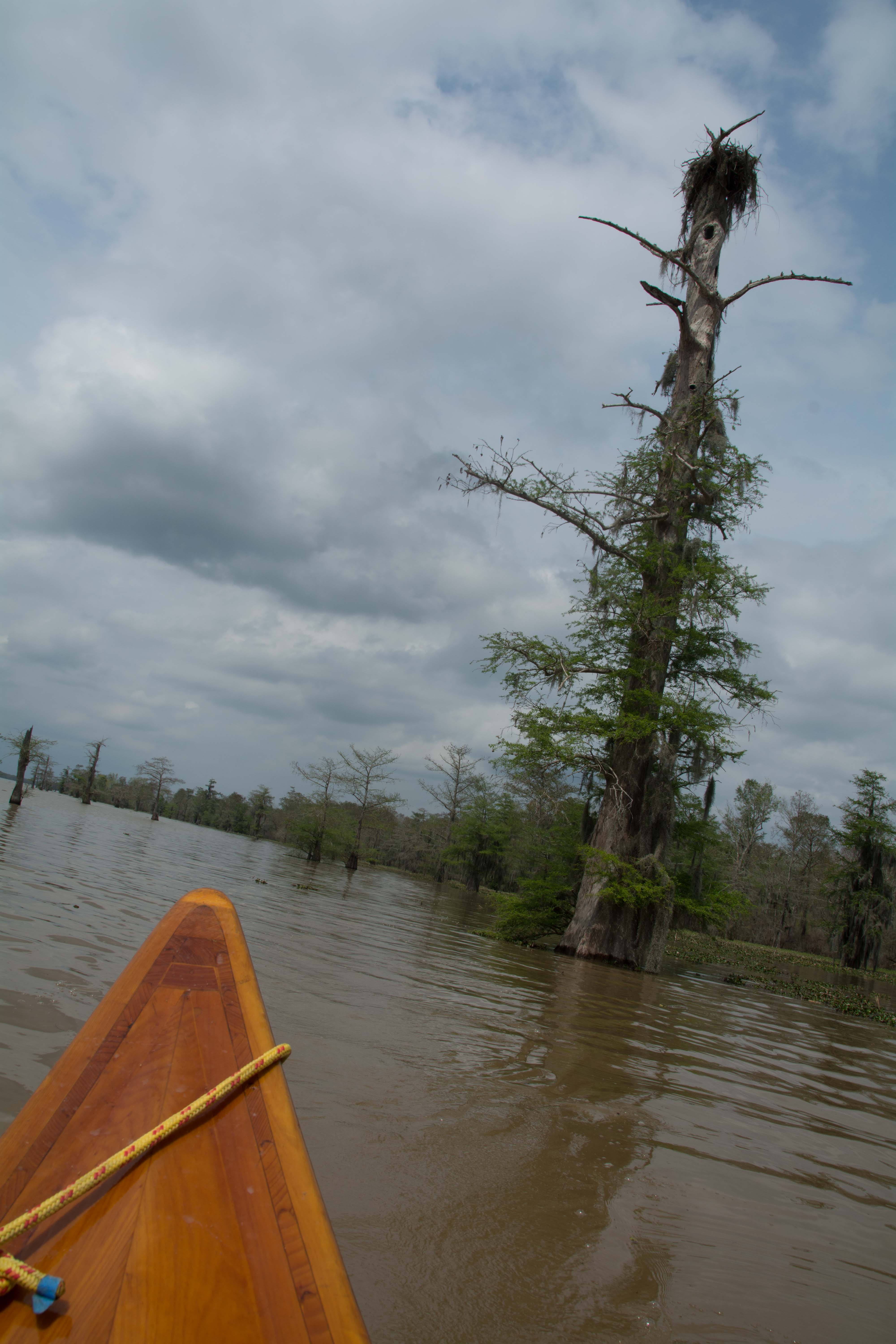
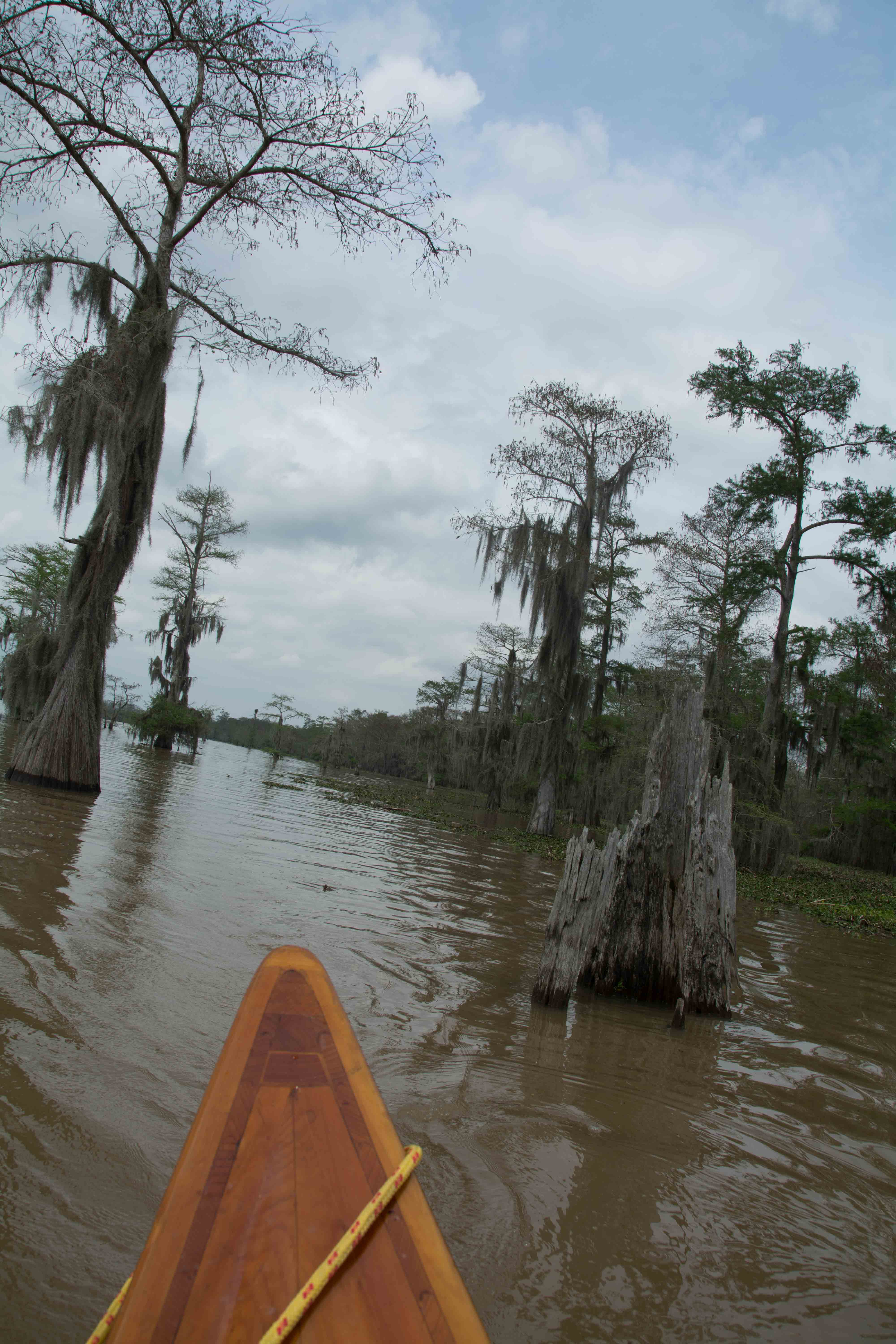
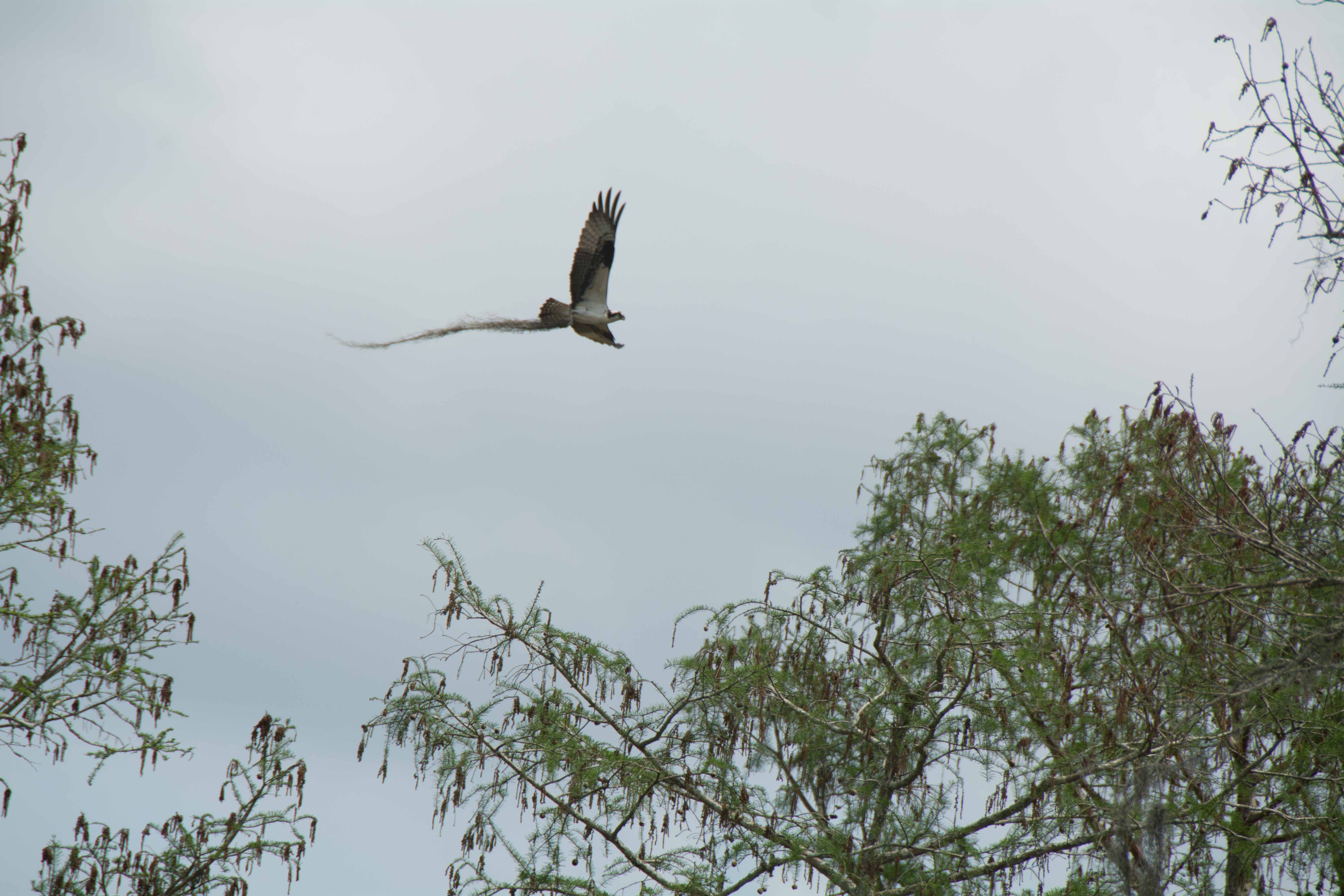
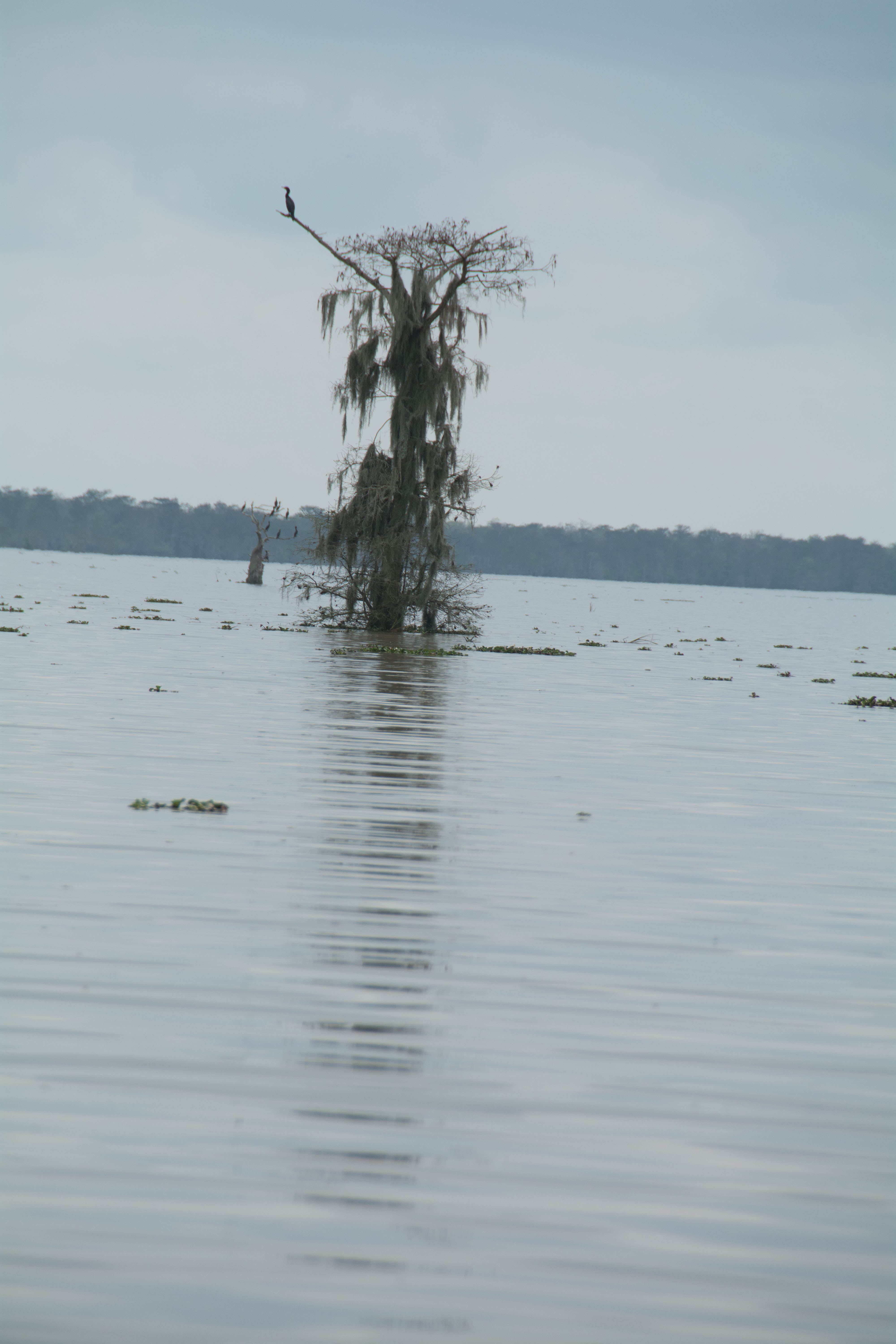


















Leave A Comment
You must be logged in to post a comment.